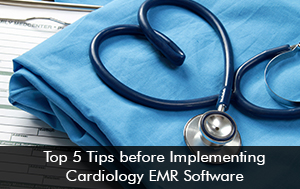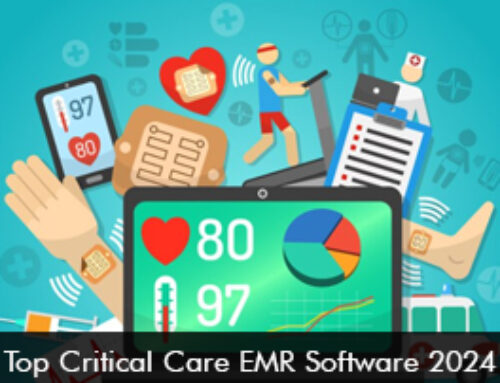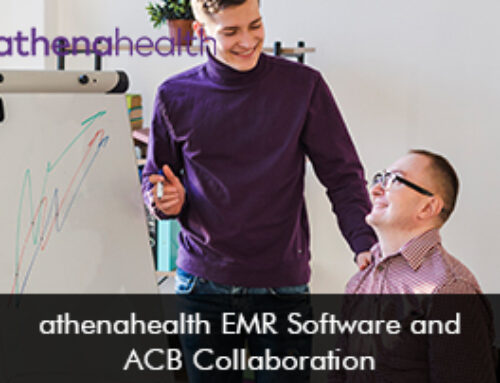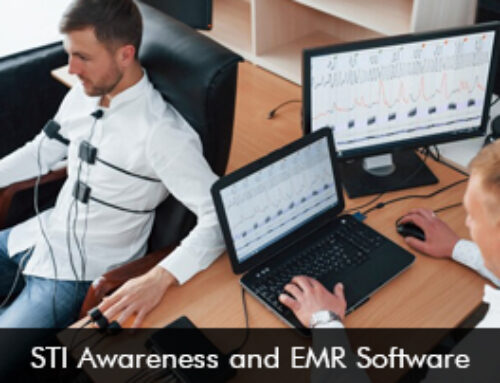It doesn’t matter if you’re making the transition from paper charting to a Cardiology EMR Software system for the first time or switching between Electronic Medical Records (EMR) systems, implementation is not easy, it takes time, planning and a strong relationship with your Electronic Health Records (EHR) software vendor. EMRSystems has compiled some tips to help the practice make sure a smooth transition to a new Cardiology EHR software.
Make an implementation plan with your EMR vendor
Let your EHR software provider assess your workflow within the practice to understand and learn how to use your new Cardiology EHR efficiently and effectively. Your Electronic Medical Records (EMR) software vendor should help you identify the functionality and features important for practice and teach you how to make full use of those features. This way you can set a proper timeline for implementation tasks and set goals to strictly track progress and measure success of your EMR software.
Identify champs, within the practice that will provide support and encourage during the implementation process. Depending upon the size of your practice, you might want to have both an implementation head and a head physician. Your implementation can act as the point of contact with the EMR vendor and track progress. Head physician can look into the clinical applications of your new EHR software.
Invest in EMR software training
You must take full advantage of the training process the vendor provides. Everyone has his/her own way of learning and virtual training may prove more beneficial for some, or on the other hand, onsite training and practice sessions may work better for others. You will want to account for travel and time away from the practice and patients to fully master your new EHR and Practice Management (PM) software system. Investing in training your staff can pay you off quite well with higher patient satisfaction and increased overall practice and workflow efficiency.
Identify all hardware needs
If you make the transition from paper charts to an EHR, you will want to include an assessment of hardware to understand the necessary technological devices. Most of EMR vendors provide iPad EMR software, you’ll probably want to purchase more tablets. A Mobile EMR software allows you to freely move around the exam room and better engage with patients without turning your back and facing a desktop computer.
You’ll want to understand the technical aspects of your new Cardiology EHR system too. Web-based EMR software systems require pretty expensive additional storage devices and IT maintenance. Cloud-based EMR Software or software as a service (SaaS), both require lesser onsite storage hardware, increase mobility and accessibility and help cut IT costs for the practice.
Open all Communication lines
Adopting a new Cardiology EMR system does not have to be scary, especially if it improves the clinical, operational and financial outcomes of your practice. You should collect feedback from EMR software users to help mention any difficulties early on and identify best physician practices to share with contemporaries. Share feedback with the implementation team to help uncover unmet requirements.
Track EHR system’s success
During the implementation process, tracking goals is important to understand how well the new Cardiology EHR software system works. Following examples of some goals to help measure the progress and success of your new EHR system implementation can be:
- Spending less time in documenting exam notes
- Lesser clicking and typing during patient exams
- Fewer documentation errors
- Better patient satisfaction scores
- Lesser calls to labs and physical therapy offices
- Reduced manual processes for the staff







